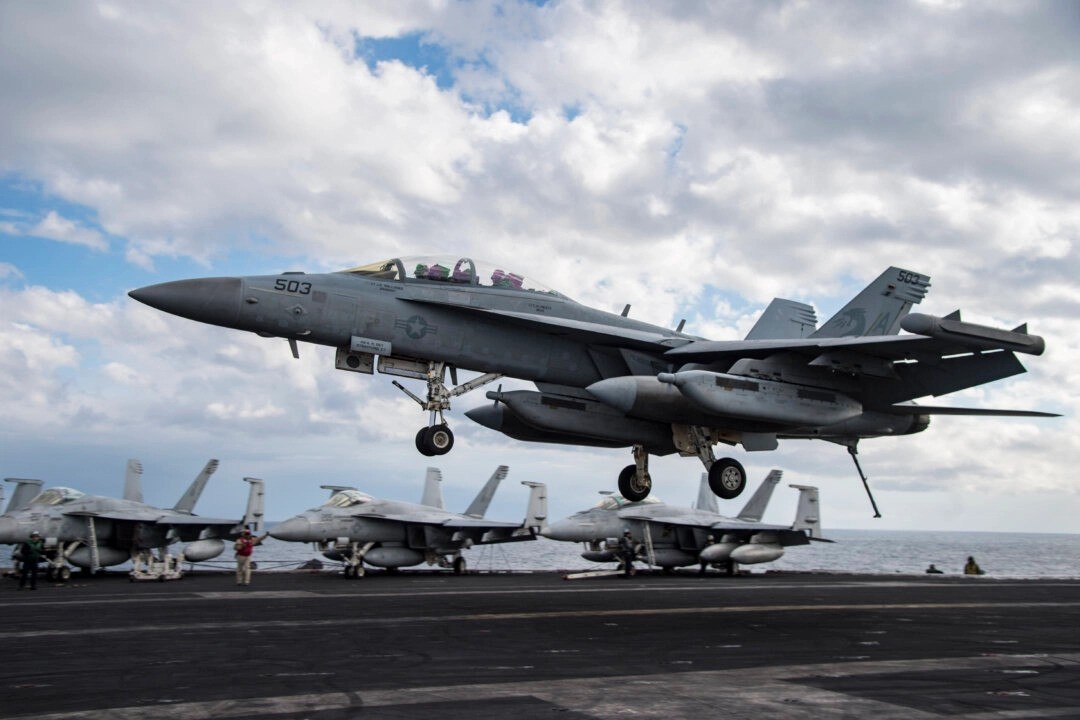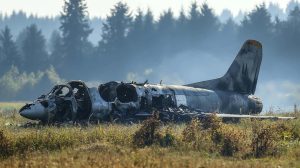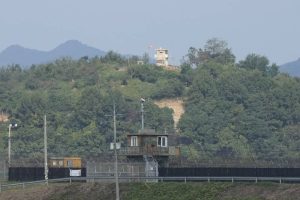Missing in Action: The Mystery Behind the Navy Jet Crash Near Mount Rainier
USA NEWS – A U.S. Navy fighter jet crashed east of Mount Rainier in Washington state on Tuesday, prompting a significant search operation for two crew members whose whereabouts are currently unknown. The EA-18G Growler, an advanced variant of the F/A-18 Super Hornet, was on a routine training mission when it went down around 3:20 PM Pacific Time. The incident has raised concerns and captured the attention of local authorities and the military, as the search for the missing crew members intensifies.
In response to the crash, a comprehensive search operation was initiated, involving a U.S. Navy MH-60S helicopter launched from Whidbey Island, which is north of Seattle. The Navy confirmed the deployment of rescue teams to locate the crew and assess the crash site. As of the latest updates, the status of the two Navy personnel remains unknown, with the Navy emphasizing their commitment to finding them. The search efforts were ongoing as late as 11:30 PM on Tuesday, reflecting the urgency and importance of the situation.
Electronic Attack Squadron 130, also known as the “Zappers,” operates the downed aircraft. This squadron, based at Whidbey Island, holds the distinction of being the oldest electronic warfare squadron in the Navy, having been commissioned in 1959. The squadron recently returned from a nine-month combat deployment aboard the USS Dwight D. Eisenhower, where they conducted operations against Houthi forces in Yemen. This history underscores the tactical importance and operational readiness of the “Zappers” in military engagements.
The EA-18G Growler is a sophisticated aircraft built by Boeing, designed to conduct electronic warfare and support tactical missions. Since its first test flight in 2006, the Growler has become integral to the Navy’s capabilities, providing critical support in electronic attack roles. With a unit cost of approximately $67 million, the Growler represents a significant investment in modern military technology. The aircraft’s advanced features allow it to jam enemy radar and communications, enhancing the effectiveness of U.S. forces during operations.
As investigations into the cause of the crash are underway, the Navy has not yet released the identities of the crew members. The incident raises questions about safety protocols and operational challenges faced by naval aviators, especially during routine training missions. The military has pledged to conduct a thorough investigation to determine the circumstances surrounding the crash, which will include examining the aircraft’s technical performance and environmental conditions at the time of the incident.
This event serves as a stark reminder of the risks associated with military aviation, particularly in demanding terrains like those surrounding Mount Rainier. The area is known for its rugged landscape and unpredictable weather, which can complicate search and rescue operations. As the search for the missing crew continues, families and friends await updates, hoping for positive news amid the uncertainty.
Community members and local officials are also rallying in support of the search efforts, expressing gratitude for the dedication of military personnel involved in the operation. As the Navy works tirelessly to locate the missing crew members, the broader military community and the public remain united in their hopes for a successful recovery and safe return.


